 web3.0
web3.0
 DePIN leads the way, AI helps: a glance at the DePAI map of decentralized physics and artificial intelligence
DePIN leads the way, AI helps: a glance at the DePAI map of decentralized physics and artificial intelligence
DePIN leads the way, AI helps: a glance at the DePAI map of decentralized physics and artificial intelligence
Mar 05, 2025 am 09:18 AMDecentralized physical artificial intelligence (DePAI) is leading a new direction in the development of artificial intelligence and providing innovative solutions for the control of robots and related infrastructure. This article will conduct in-depth discussions on DePAI and its applications in the fields of data acquisition, remote operation and spatial intelligence, and analyze its development prospects.
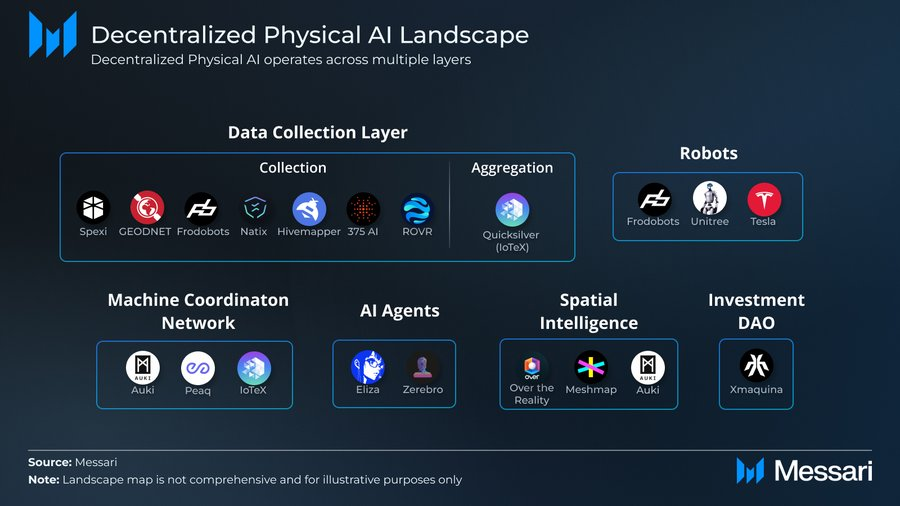
As Nvidia CEO Huang Renxun said, the "ChatGPT moment" in the field of general robots is coming soon. The development process of artificial intelligence, from hardware to software, is now moving towards the physical world. In the era of future robot popularity, DePAI provides important opportunities for building a physical artificial intelligence ecosystem based on Web3, especially when centralized forces have not yet fully dominated the market.
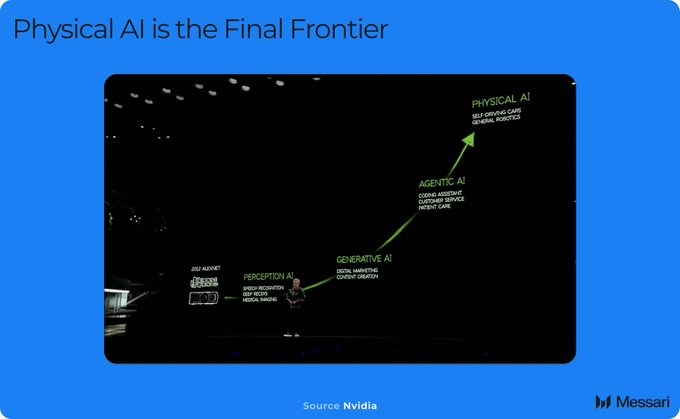
The widespread application of autonomous physical artificial intelligence agents will bring about the ownership of robots, smart cars, drones and other equipment. DePAI provides new ideas for solving this problem.
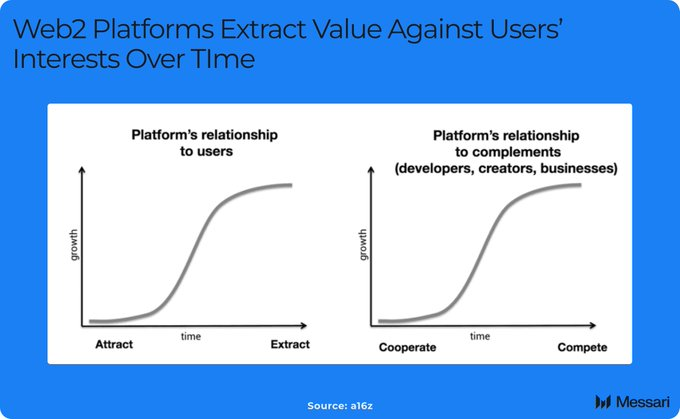
Core areas:
- Data collection: In the construction of DePAI infrastructure, data collection is the most active. High-quality real-world data is the key to the development of physical artificial intelligence, and DePIN can effectively promote the deployment of data acquisition equipment and robots. While simulated environments such as Nvidia's Omniverse and Cosmos provide synthetic data, remote operation and real video data are still indispensable.
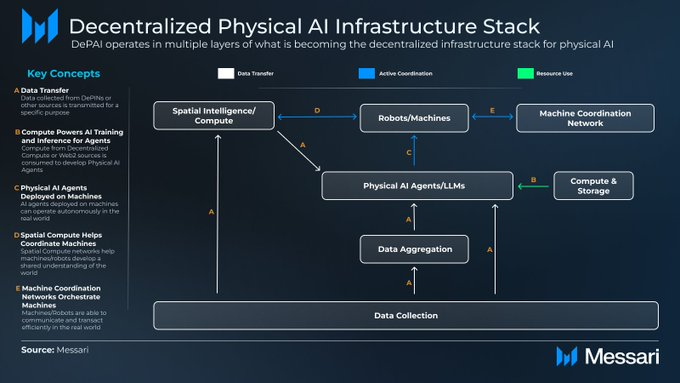
- Remote operation: Frodobots uses DePIN to deploy economical distribution robots, which not only collects human decision-making data, but also solves the problem of insufficient funds and forms a virtuous cycle. This has a significant advantage in reducing the cost of robot companies.
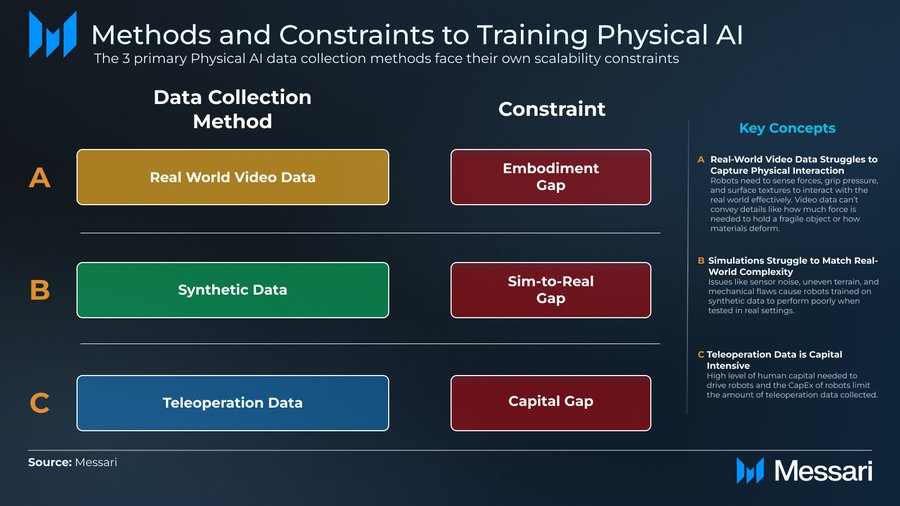
- Video Data Application: Video database provided by platforms such as Hivemapper and NATIX Network provides an important data source for DePAI to train physical artificial intelligence systems and build spatial cognition. IoTeX's Quicksilver platform can aggregate data across DePIN and ensure data verification and privacy protection.
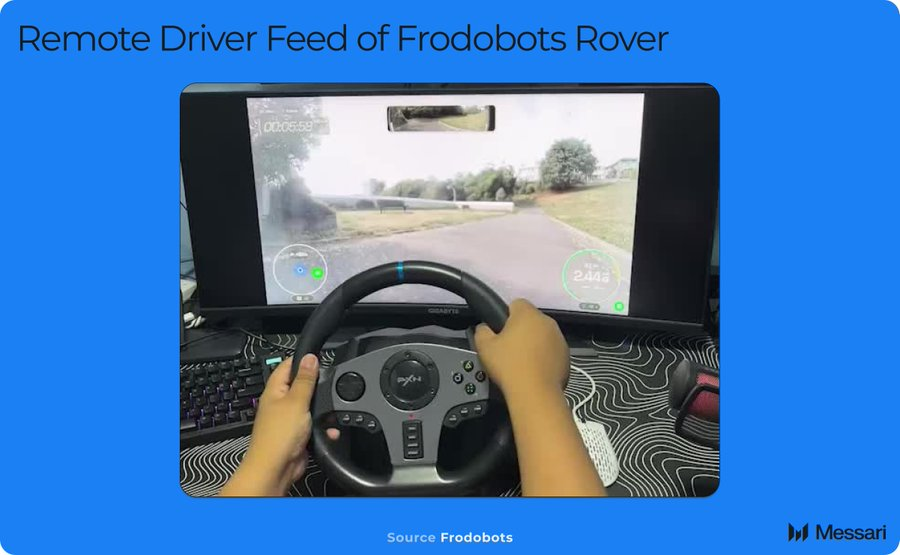
- Space Intelligence and Computing: Auki Network's Posemesh technology realizes real-time spatial perception under privacy protection. SAM uses Frodobots' robot network to infer geographical locations, and will use frameworks such as Quicksilver to better access DePIN data in the future.
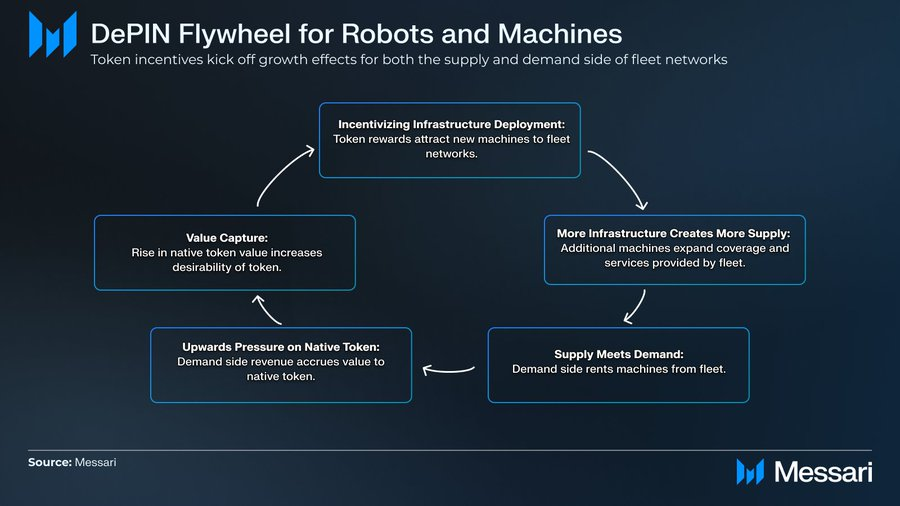
Investment Opportunities: For investors, investing in DePAI-related DAOs, such as XMAQUINA, may be an ideal entry point, which provides a diversified portfolio of physical artificial intelligence assets.
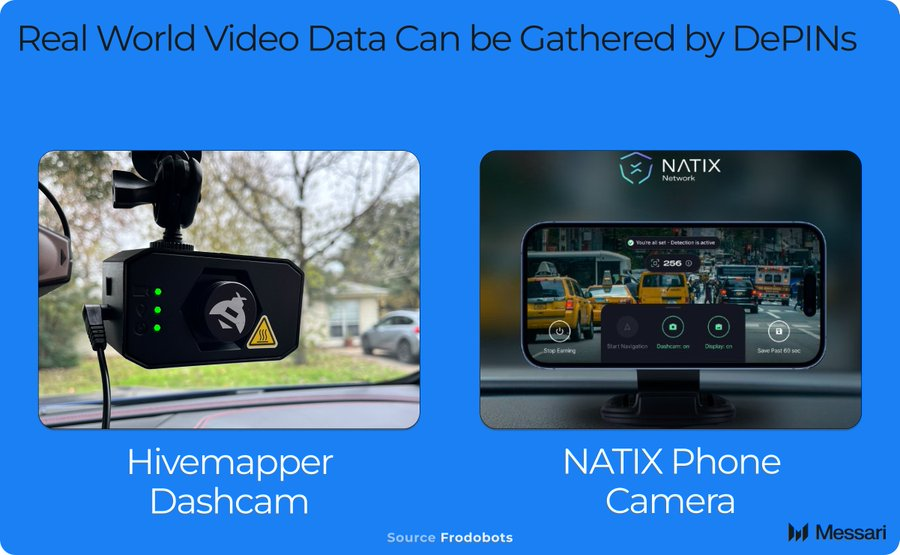
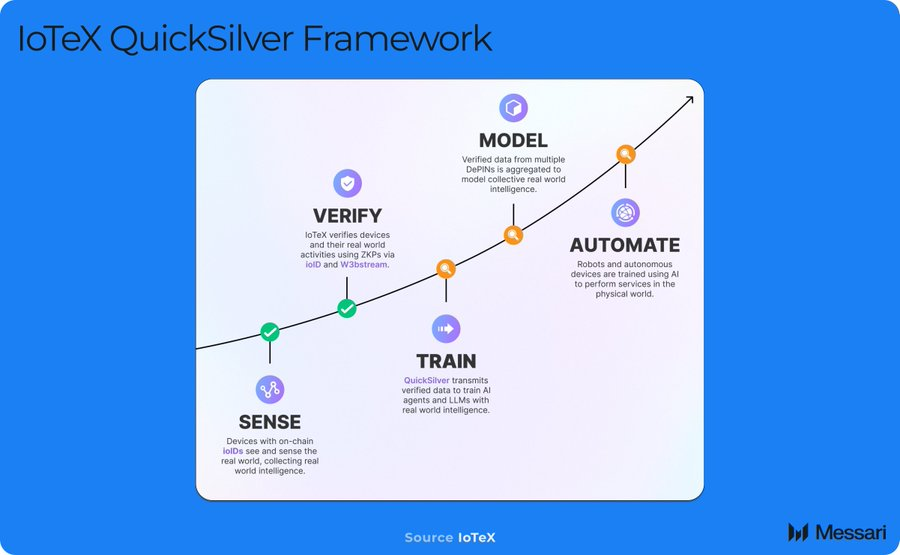
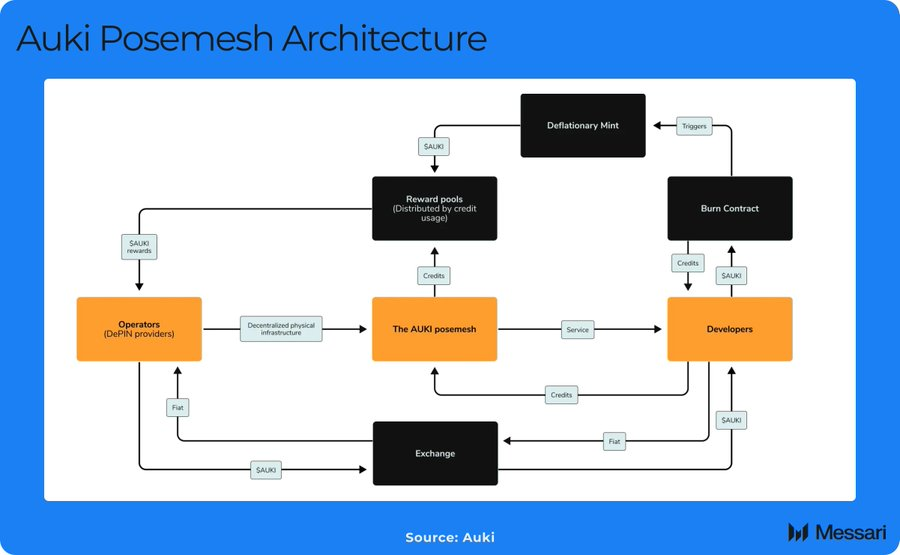
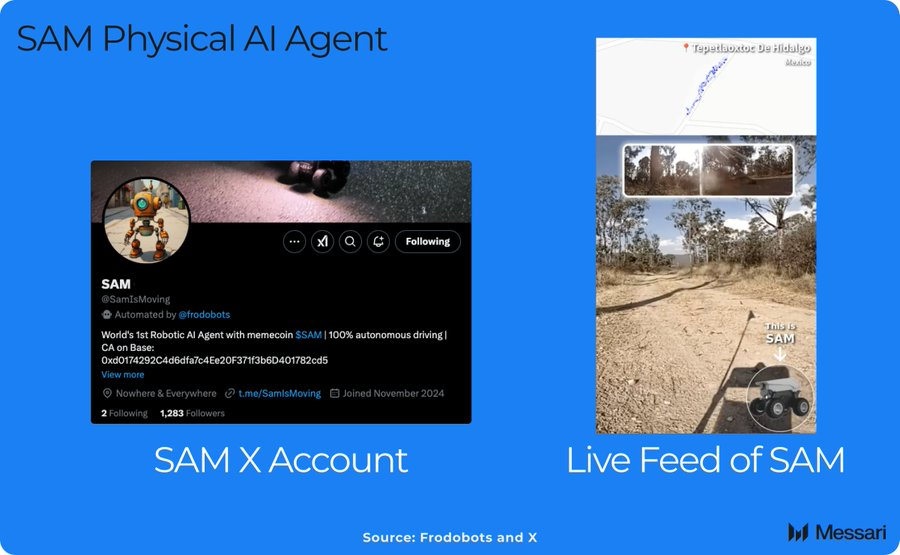
In short, the emergence of DePAI has provided new possibilities for the development of physical artificial intelligence, and its innovations in data, computing and applications are worthy of attention.
The above is the detailed content of DePIN leads the way, AI helps: a glance at the DePAI map of decentralized physics and artificial intelligence. For more information, please follow other related articles on the PHP Chinese website!

Hot AI Tools

Undress AI Tool
Undress images for free

Undresser.AI Undress
AI-powered app for creating realistic nude photos

AI Clothes Remover
Online AI tool for removing clothes from photos.

Clothoff.io
AI clothes remover

Video Face Swap
Swap faces in any video effortlessly with our completely free AI face swap tool!

Hot Article

Hot Tools

Notepad++7.3.1
Easy-to-use and free code editor

SublimeText3 Chinese version
Chinese version, very easy to use

Zend Studio 13.0.1
Powerful PHP integrated development environment

Dreamweaver CS6
Visual web development tools

SublimeText3 Mac version
God-level code editing software (SublimeText3)

Hot Topics
 2025 Stablecoin Investment Tutorial How to Choose a Safe Stablecoin Platform
Jul 07, 2025 pm 09:09 PM
2025 Stablecoin Investment Tutorial How to Choose a Safe Stablecoin Platform
Jul 07, 2025 pm 09:09 PM
How do novice users choose a safe and reliable stablecoin platform? This article recommends the Top 10 stablecoin platforms in 2025, including Binance, OKX, Bybit, Gate.io, HTX, KuCoin, MEXC, Bitget, CoinEx and ProBit, and compares and analyzes them from dimensions such as security, stablecoin types, liquidity, user experience, fee structure and additional functions. The data comes from CoinGecko, DefiLlama and community evaluation. It is recommended that novices choose platforms that are highly compliant, easy to operate and support Chinese, such as KuCoin and CoinEx, and gradually build confidence through a small number of tests.
 How to avoid risks in the turmoil in the currency circle? The TOP3 stablecoin list is revealed
Jul 08, 2025 pm 07:27 PM
How to avoid risks in the turmoil in the currency circle? The TOP3 stablecoin list is revealed
Jul 08, 2025 pm 07:27 PM
Against the backdrop of violent fluctuations in the cryptocurrency market, investors' demand for asset preservation is becoming increasingly prominent. This article aims to answer how to effectively hedge risks in the turbulent currency circle. It will introduce in detail the concept of stablecoin, a core hedge tool, and provide a list of TOP3 stablecoins by analyzing the current highly recognized options in the market. The article will explain how to select and use these stablecoins according to their own needs, so as to better manage risks in an uncertain market environment.
 Global stablecoin market value PK! Who is the gold substitute in the bear market
Jul 08, 2025 pm 07:24 PM
Global stablecoin market value PK! Who is the gold substitute in the bear market
Jul 08, 2025 pm 07:24 PM
This article will discuss the world's mainstream stablecoins and analyze which stablecoins have the risk aversion attribute of "gold substitute" in the market downward cycle (bear market). We will explain how to judge and choose a relatively stable value storage tool in a bear market by comparing the market value, endorsement mechanism, transparency, and comprehensively combining common views on the Internet, and explain this analysis process.
 The popularity of the currency circle has returned, why do smart people have begun to quietly increase their positions? Look at the trend from the on-chain data and grasp the next round of wealth password!
Jul 09, 2025 pm 08:30 PM
The popularity of the currency circle has returned, why do smart people have begun to quietly increase their positions? Look at the trend from the on-chain data and grasp the next round of wealth password!
Jul 09, 2025 pm 08:30 PM
As the market conditions pick up, more and more smart investors have begun to quietly increase their positions in the currency circle. Many people are wondering what makes them take decisively when most people wait and see? This article will analyze current trends through on-chain data to help readers understand the logic of smart funds, so as to better grasp the next round of potential wealth growth opportunities.
 Review of the most complete historical price of Ethereum ETH 2010-2025 (the latest version in 2025)
Jul 07, 2025 pm 09:00 PM
Review of the most complete historical price of Ethereum ETH 2010-2025 (the latest version in 2025)
Jul 07, 2025 pm 09:00 PM
Ethereum price has gone through several critical stages, from $0.70 in 2015 to $3,050 in 2025. 1) From 2015 to 2016, ETH rose from $0.70 to $20.64 in mid-2016; 2) from 2017 to 2018, driven by the ICO boom, reached $1,417 in early 2018, and then fell to $80 due to regulatory concerns; 3) from 2019 to 2020, and rose to $737 under DeFi; 4) from 2021, hit a new high of $4,864, and then fell to $1,200-2,000 due to PoS transformation; 5) from 2023 to 2024 to about $3,000
 What are the mainstream public chains of cryptocurrencies? The top ten rankings of cryptocurrency mainstream public chains in 2025
Jul 10, 2025 pm 08:21 PM
What are the mainstream public chains of cryptocurrencies? The top ten rankings of cryptocurrency mainstream public chains in 2025
Jul 10, 2025 pm 08:21 PM
The pattern in the public chain field shows a trend of "one super, many strong ones, and a hundred flowers blooming". Ethereum is still leading with its ecological moat, while Solana, Avalanche and others are challenging performance. Meanwhile, Polkadot, Cosmos, which focuses on interoperability, and Chainlink, which is a critical infrastructure, form a future picture of multiple chains coexisting. For users and developers, choosing which platform is no longer a single choice, but requires a trade-off between performance, cost, security and ecological maturity based on specific needs.
 Virtual Currency Stable Coins Ranking Which is the 'safe haven' in the currency circle
Jul 08, 2025 pm 07:30 PM
Virtual Currency Stable Coins Ranking Which is the 'safe haven' in the currency circle
Jul 08, 2025 pm 07:30 PM
This article will introduce several mainstream stablecoins and explain in depth how to evaluate the security of a stablecoin from multiple dimensions such as transparency and compliance, so as to help you understand which stablecoins are generally considered relatively reliable choices in the market, and learn how to judge their "hazard-haven" attributes on your own.
 Bitcoin breaks new highs, Dogecoin rebounds strongly, will Ethereum keep up with the pace
Jul 09, 2025 pm 08:24 PM
Bitcoin breaks new highs, Dogecoin rebounds strongly, will Ethereum keep up with the pace
Jul 09, 2025 pm 08:24 PM
Recently, Bitcoin hit a new high, Dogecoin ushered in a strong rebound and the market was hot. Next, we will analyze the market drivers and technical aspects to determine whether Ethereum still has opportunities to follow the rise.




